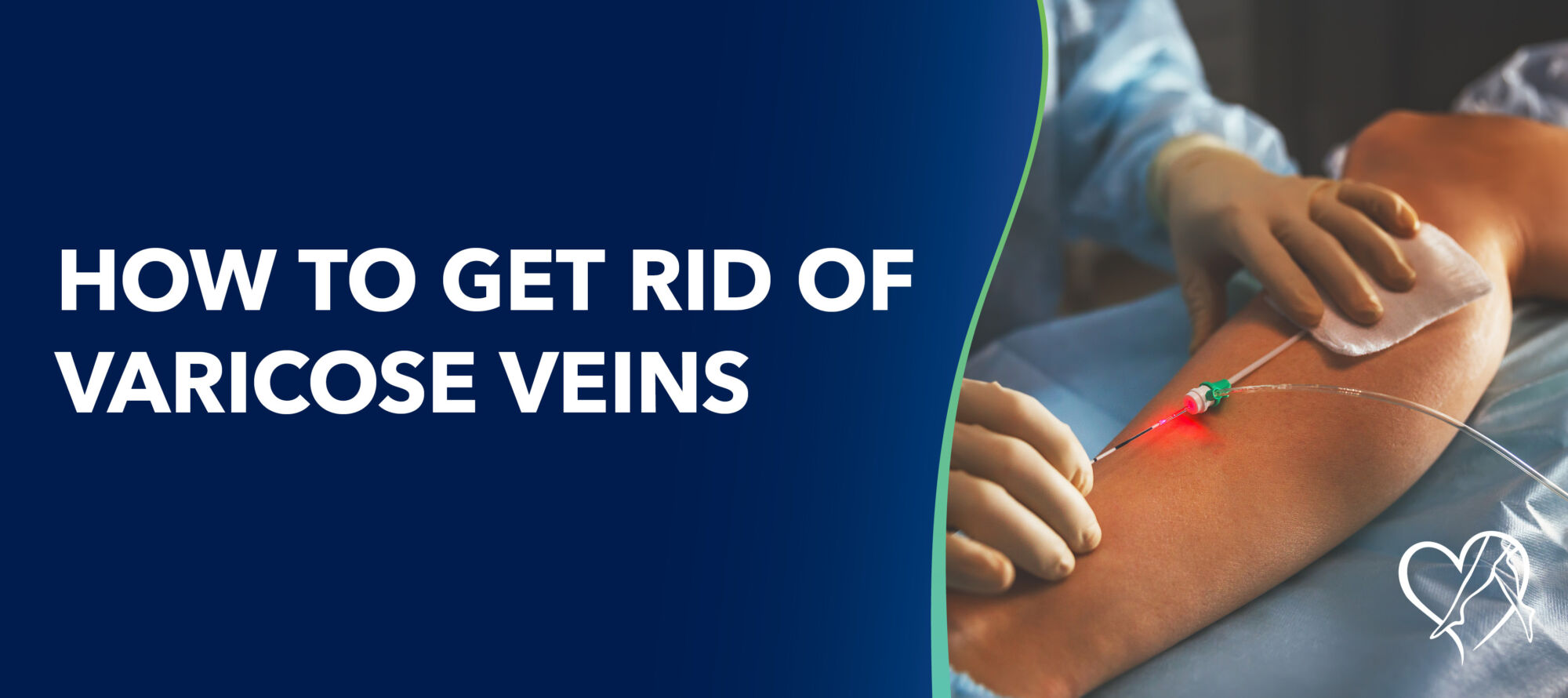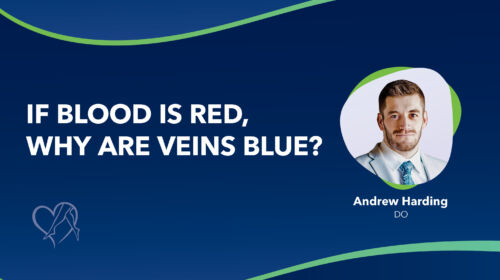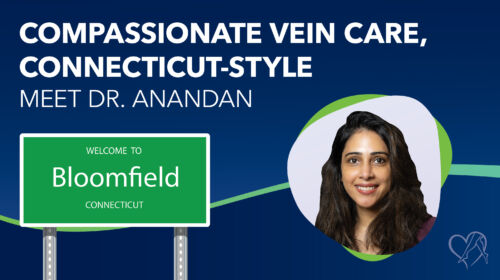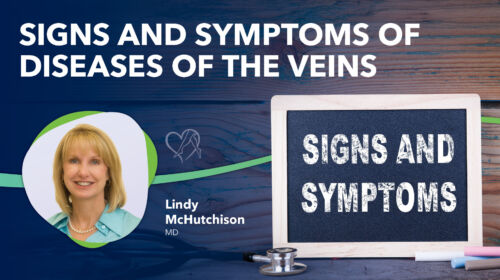

Many adults experience leg aches that feel similar to childhood growing pains. This blog explores common causes, including vein conditions, lifestyle factors, and when to seek medical advice. Learn how to tell if your leg discomfort could be related to your vein health.

Varicose veins are more than a cosmetic issue—they signal vein disease that can cause leg pain, swelling, spider veins, and chronic venous insufficiency. This blog covers causes, risk factors, and minimally invasive treatments like sclerotherapy and ablation available at Center for Vein Restoration (CVR), where board-certified vein specialists provide personalized care for lasting relief.

Pregnancy can increase the chance of developing spider veins and varicose veins, but there are ways to lower the risk. This blog explains the common causes and offers practical prevention tips such as gentle exercise, leg elevation and compression stockings.

Bulging veins in the feet can look alarming, but while some are harmless, others may point to vein disease such as varicose veins or chronic venous insufficiency. This blog, medically reviewed by Center for Vein Restoration vein physician, explains what causes foot veins to bulge, how common the problem is, and when it may require medical attention. Readers will also find self-care tips, warning signs to watch for, and clear reasons why CVR’s board-certified vein specialists are trusted leaders in vein health nationwide.

Ever wondered why your veins look blue when blood is actually red? This blog breaks down the science behind blood and vein color, explains how light and skin tone affect what you see, and clears up common myths about circulation.

Center for Vein Restoration proudly welcomes Dr. Swapna Anandan, a board-certified internal medicine physician and fellowship-trained vein specialist, to its Bloomfield, Connecticut vein clinic. This blog introduces Dr. Anandan’s patient-centered approach to diagnosing and treating varicose veins, spider veins, chronic venous insufficiency, lymphedema, and other vein problems with modern, minimally invasive procedures. Discover why early vein evaluation matters, what symptoms signal it’s time to see a vein doctor, and how Dr. Anandan’s expertise helps patients find relief from leg pain, swelling, and skin changes while restoring mobility and confidence.

Although varicose veins are often associated with being sedentary, overweight, pregnant, healthy, athletic adults often deal with the condition, too. In fact, if you’re doing anything that keeps you on your feet a lot, it strains the veins in your lower legs, resulting painful leg veins in the calves and lower part of the thighs.

Vein problems like varicose veins, spider veins, and chronic venous insufficiency (CVI) can cause leg pain, swelling, skin changes, and even ulcers—but too often, these warning signs are dismissed as just part of getting older. This blog, medically reviewed by a board-certified vein expert from Center for Vein Restoration, explains what causes varicose veins, the early symptoms you shouldn’t ignore, and why timely vein treatment is so important. You’ll learn how to spot vein disease before it progresses, what self-care and minimally invasive options are available, and when to see a vein doctor.